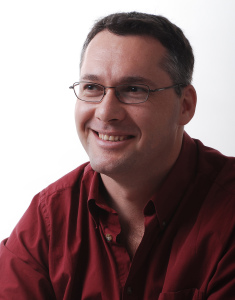
An End to an Epidemic
June 1, 2011
As one of the fastest growing diseases in the world today, diabetes has not left one corner of the earth untouched, reports Jessica Hanewinckel of the San Diego Jewish Journal.
In fact, according to the Centers for Disease Control and Prevention, 25.8 million people in the U.S. (8.3 percent of the population) currently live with the disease, with 7 million of those people not yet diagnosed.
Another 79 million have prediabetes.
It’s the seventh leading cause of death in the U.S., and it’s closely associated with heart disease, stroke, kidney disease (it’s the leading cause) and hypertension — the first, third, ninth and
13th leading causes of death in the U.S., respectively.
The World Health Organization calls it a global epidemic. Some 318,800 Israelis had been diagnosed as of 2010, reports the International Diabetes Federation.
Measured in both lives and economics, diabetes is dangerous to society, and in nearly every country across the world, predictions are that prevalence of the disease will increase two-fold, if not more, by 2030.
Now, a team of researchers at Ben-Gurion University of the Negev headed by Dr. Eli Lewis, director of the Clinical Islet Laboratory of the Department of Clinical Biochemistry at BGU, is working in conjunction with researchers atHarvard and at the University of Colorado Health Sciences Center on a new technique that might just become the be-all and the end-all ttreatment of and a cure for diabetes.
Dr. Eli Lewis, who was in San Diego March 14 and 15 to present his findings to the community, said, “The immune response against the individual with the disease executes a series of processes similar to an acute graft rejection upon transplantation. Once we established the role of inflammation in these processes, it seemed logical that we could try to capture the same platform of events in recently diagnosed type 1 autoimmune juvenile diabetes.”
Dr. Lewis discovered that inflammation is the reason that iselt transplantation fails and his treatment to prevent the inflammation could just cure diabetes.




